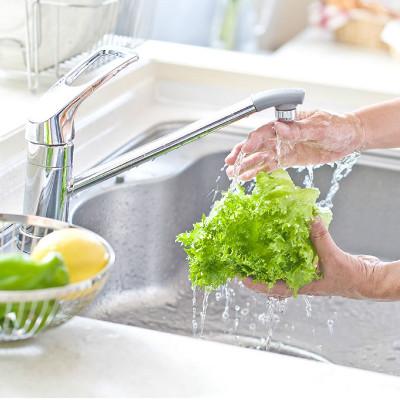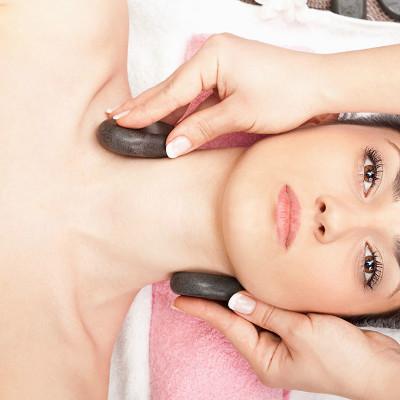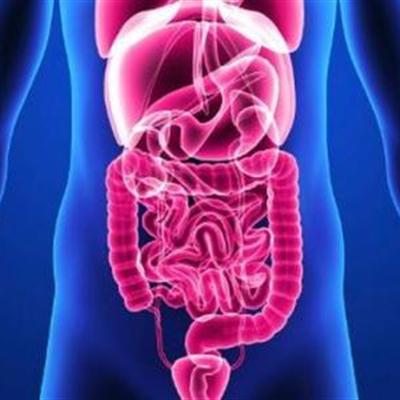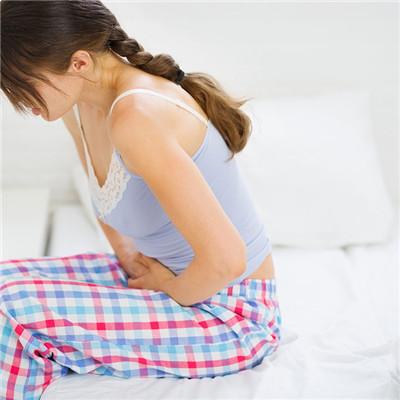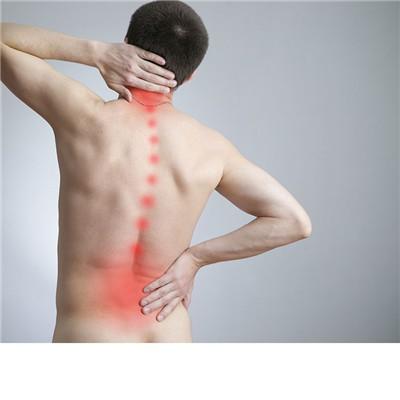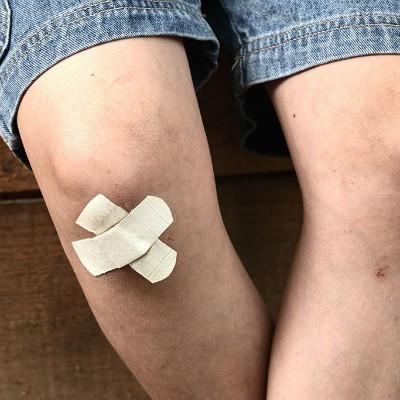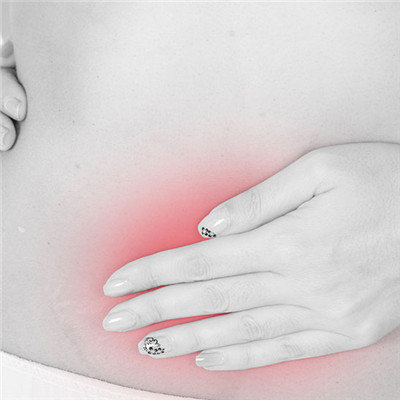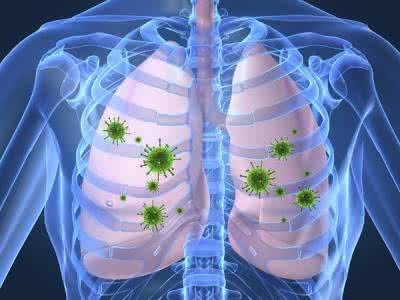Symptoms of eczema in a 4-month-old baby
summary
Infantile eczema is one of the common skin diseases in infancy, commonly known as "ringworm of milk". It is an allergic skin disease caused by food allergy such as milk, breast milk and egg white. It may also be a skin disease caused by genetic quality. If parents suffer from eczema when they are young, their babies are also prone to eczema. Tell us about the symptoms of eczema in 4-month-old baby.
Symptoms of eczema in a 4-month-old baby
Acute stage: acute onset, skin performance for the majority of clusters of small red papules and erythema, basal edema, soon into herpes and small blisters, blister erosion, there is obvious yellow exudate or covered with yellow white serous scab, different thickness, gradually spread around, peripheral visible scattered small papules, also known as satellite rash. Facial skin may be flushed and swollen. Intererosive sites such as armpit, groin, anus and other places can be involved and combined with erosion. If the nursing is improper, the secondary infection often occurs in the whole body. At this stage, the sick children can't sleep at night and are restless. The patients with infection may have low fever.
Subacute stage: the exudation, redness and scab of acute eczema gradually reduced, and the skin was mainly small papules, sometimes with white scales or a little residual herpes and erosive surface. At this time, the itch is slightly lighter and lasts for a long time. It can be evolved from acute phase or improper treatment.
Chronic phase: recurrent, more than 1 year old infants. The rash is pigmented, the skin becomes thicker and slightly thicker, and a few of them may be lichen like. It is distributed in the limbs, especially in the fourth fossa. If it occurs in the palms or joints, it will be chapped and painful. If the treatment is not appropriate, or in a certain incentive, at any time can be acute recurrence, conscious severe itching.
matters needing attention
First, compare your baby's age and the location of the rash, you can initially determine whether the child is recurrent eczema. Second, targeted drug prevention can be carried out.

